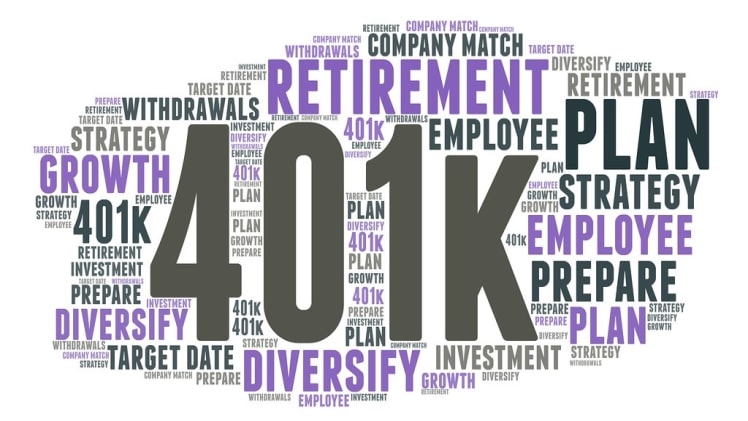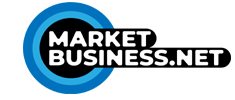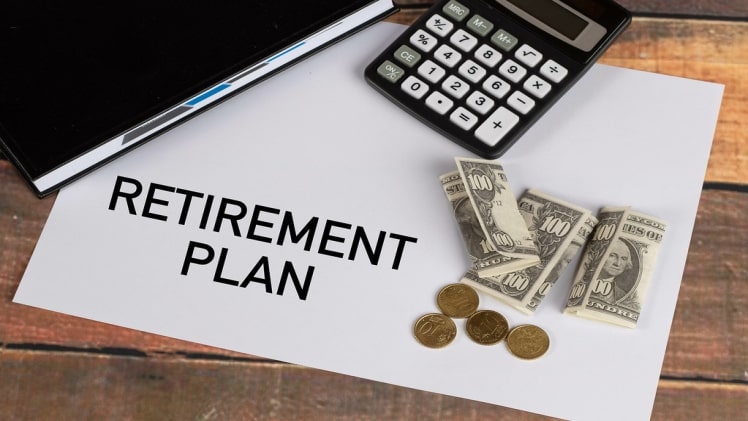Having a job, whether with the government or any other body, makes for gainful employment. It helps ease the cost of living and makes a way to retire without thinking of working longer. If you take the right steps, it is possible to save for your retirement and even invest to earn more without lifting a finger to work.
This ease is what a 401(k) offers. It is a retirement saving and investment plan offered by employers. They automatically withdraw a specific amount from the paychecks of their employees and invest them in any fund that the employees choose. Some can even convert a 401(k) to gold IRA. There is usually a list of offering the employees can choose from, depending on their personal preferences.
The name for this retirement plan came from a tax code section, specifically the 401(k) subsection which established the plan. It has an annual limit for contribution, which was $19,500 in 2021 and increased in 2022 to $20,500. For people who are up to or older than 50 years, the amount changes to $27,000 in 2022, previously $26,000 in 2021.
How It Works
As an employee, you sign up for the plan and choose a fund from a list provided by your employer. The contribution toward your retirement automatically leaves your pay every month and goes to the individual account for the fund. It is usually a tax-free fund, where the money is not tax-deductible at the time of contributing it. However, the plan you choose can determine whether or not it is taxed at the time of retirement or as soon as you make the contribution.
Not every employer offers the option of this plan to their employees. But the good news is that it is not the only one that offers a tax benefit; you will find other options with the same relief on tax deductions that makes the 401(k) plan popular. Therefore, if it is not available from your employer, look up the options and begin saving for your retirement in a convenient manner.
Be aware that there are different types of 401(k) plans, but the most common ones are the traditional and Roth 401(k) plans. Roth contributions come after the government deducts tax while the traditional type is before tax deductions. They each have their advantage, both in the short and long runs. You can go to https://www.investopedia.com/ to learn more about retirement savings.

Benefits of the Plan
There are several benefits accruing to those who opt for the 401(k) retirement plan. Let us explain some of them:
● Less Stressful Savings
For a traditional plan of this type, the deduction from your paycheck comes before the IRS makes a tax cut. The move increases the value of the money you save. If the IRS deducts tax from your earnings before the contribution, it reduces the value and makes saving stressful and painful. You may even be tempted to pull out of the plan.
● Unimpeded Investment Growth
Tax deductions do not affect a 401(k). Once you begin to make this saving, the money becomes protected from any lawful deductions. In other words, you can carefully calculate and follow the growth, down to the last. Nothing touches the money, accruing interests or dividends for as long as it is in that account. It applies to both Roth 401(k) plans and traditional ones.
However, it does not last forever as you will eventually have to withdraw from that account at your retirement. The point is to leave the money untouched until you retire. But as soon as you do and begin making withdrawals, the government begins to tax you. In other words, the money is tax-deferred and you owe income tax when start using it.
● Lower Income Taxes
Another benefit of using a 401(k) is the deductible income tax. The government does not charge you based on all your yearly or monthly earnings but on what is left after making the contribution. It reduces the tax you have to pay on your income.
For example, if you earn $70,000 per year and you make a contribution of $19,500 to the 401(k), what you have left is $50,500. The government only collects income tax from $50,500, not the entire $70,000. It leaves you with more money to use and fewer taxes to worry about for the duration of the plan.
● Opportunity to Earn More
There is something called the employer match with this plan. Some employers offer to match a certain percentage of the contribution amount; the percentage will depend on your employer. For example, they may offer to match every dollar you contribute with an extra dollar or fifty cents, up to 5%. That extra money is yours, and you can calculate the total earnings from such an employer match based on your savings per year.
It may be a way to encourage savings for retirement as not many people are keen on it. The problem usually lies with the high cost of living, tax deductions, and low income. They do not think they can remove any amount for savings when they have bills to pay. However, it is a plan where you will reap benefits in the long run. Read this article to see other benefits.

● Borrowing in Emergencies
It is possible to borrow from it if you have an emergency. It is usually better to take this option over traditional personal or other types of loans because of the accruing interests; they tend to be more favorable. However, this option may cause a loss in market gains, which will affect the overall savings. Consider discussing your options with an expert in the field if you must borrow ahead of your retirement.
Conclusion
If you are new to the job scene, you may want to consider saving for your retirement in this manner. Even if you have to switch jobs, you can always take the 401(k) with you and continue saving. Use the services of an expert for ways to roll the account over to a new one seamlessly and check for perks of increasing your contributions if it applies.


